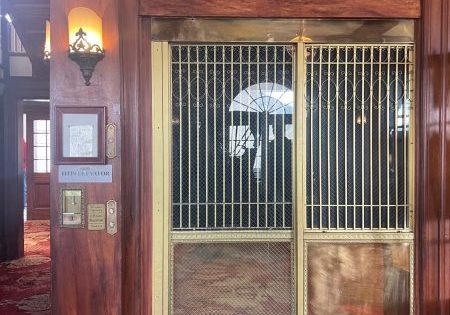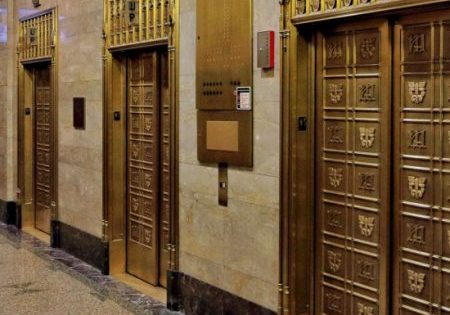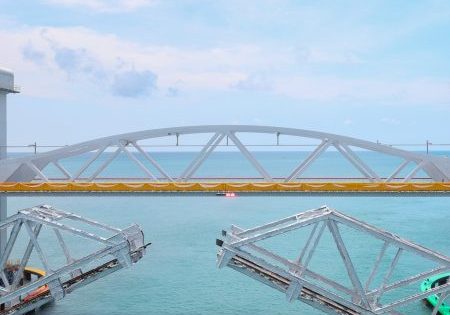Atlantic hurricane season is June 1 to November 30, with peak activity occurring late August through September. It’s crucial to have supplies on hand and a plan in place before severe weather strikes. For building owners, that means protecting elevator equipment from potential water damage, which may not be covered by an insurance policy or maintenance contract.
The elevator machine room, with its wiring and electrical panels, is an especially vulnerable area during rain events. Otis has provided a series of steps to help keep elevators operational and avoid dangerous situations during and after storms: Before a hurricane, check weather stripping around doors and replace or repair, if necessary. During a hurricane watch, fasten a sheet of plywood inside the ventilation opening (be sure to remove this shield when the weather has passed) and place plywood over any machine room windows.
As the hurricane comes closer, Otis recommends discontinuing elevator operation — even if the building has a generator — to avoid trapped passengers if the power fails. Storm damage could prevent or delay the arrival of service mechanics or first responders in an emergency. Elevators should be parked near the center of the hoistway to help keep equipment dry should the pit flood.
When the storm is officially over, it’s important to remain cautious. Even if there is no apparent harm, unseen structural damage can prompt an emergency shutdown. A qualified mechanic should inspect the unit before operation is resumed.
The Centers for Disease Control and Prevention (CDC) reminds us that hurricanes don’t only affect people living in costal areas; they can cause destruction hundreds of miles from the shore. Conventional wisdom tells us an ounce of prevention is worth a pound of cure.

Get more of Elevator World. Sign up for our free e-newsletter.










